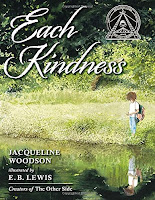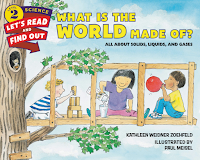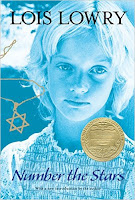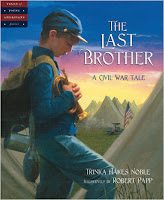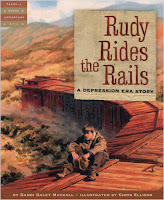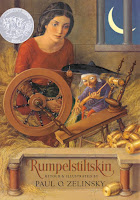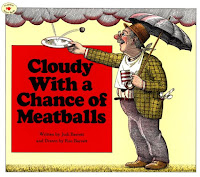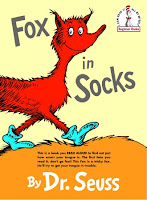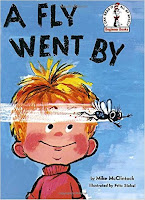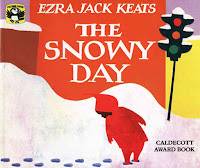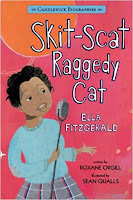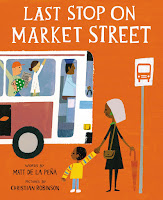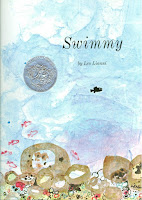Junie B. Jones and the Stupid Smelly Bus

Junie B. Jones on the Stupid Smelly Bus by Barbara Park; ill. by Denise Brunkus Genre: realistic fiction Junie B. Jones is a national treasure. She's gregarious, hilarious, unflinchingly honest, and outspoken. In this debut novel, Junie B. Jones is entering kindergarten, and boy, is she excited! There's just one thing: she's terrified of riding the school bus. She's heard rumors about bullies on the school bus, so when the time comes, Junie B. decides she's not going to take the bus home. Problems arise, as they always do when Junie B. is involved ... and in the end her mother helps her come up with a solution. The book is written as a diary, and Junie B. Jones is adorable. She has some bad habits--calling things stupid and saying she hates things or people a little too flippantly--but she's got a lot of heart, and a even more moxie (albeit a bit too much for her authority figures). Her descriptions of her parents' reactions to her had me la

